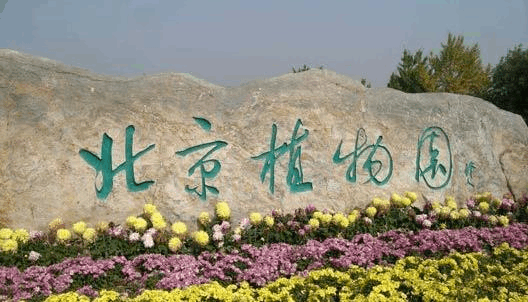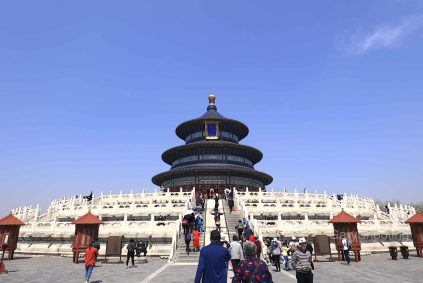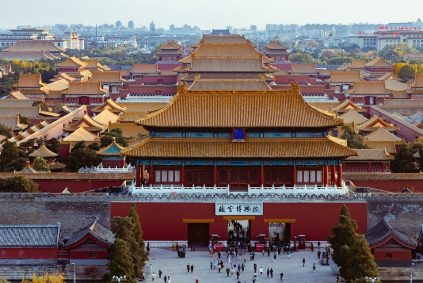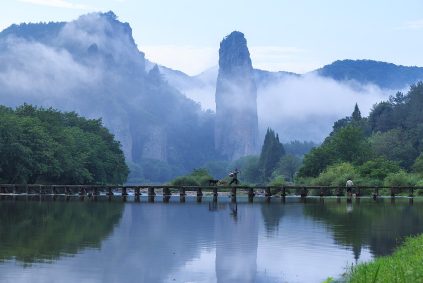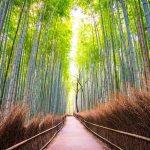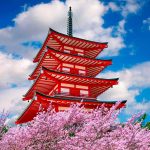Exploring Rare Plant Attractions at Beijing Botanical Garden
Nestled in the western outskirts of Beijing, the Beijing Botanical Garden is a haven for plant enthusiasts and nature lovers. Among its sprawling landscapes and themed gardens, several attractions are dedicated to showcasing rare and endangered plant species from around the world. These specialized zones not only highlight biodiversity but also emphasize conservation efforts. Below are some must-visit spots for discovering unique flora.
The Conservatory of Rare and Endangered Plants
This climate-controlled greenhouse is a sanctuary for species facing extinction in their native habitats. Here, visitors can encounter plants like the Cycas revoluta (Sago Palm), a primitive conifer dating back to the Mesozoic Era, and the Wollemia nobilis (Wollemi Pine), discovered in Australia in 1994 and dubbed a “living fossil.” The conservatory’s humid, tropical environment also supports carnivorous plants such as the Venus flytrap and pitcher plants, which thrive in nutrient-poor soils by trapping insects. Interactive displays explain how these species adapt to survive, making it an educational stop for all ages.
The Chinese Medicinal Herb Garden
China’s rich tradition of herbal medicine is celebrated in this section, which features over 300 plant species used in Traditional Chinese Medicine (TCM). Rare herbs like Panax ginseng (Wild Ginseng) و Gastrodia elata (Tian Ma) are cultivated here, alongside endangered varieties protected under national conservation laws. The garden is designed to resemble traditional TCM landscapes, with winding paths leading to pavilions where visitors can learn about the historical and cultural significance of these plants. Seasonal workshops occasionally demonstrate how herbs are harvested and processed, offering insight into ancient practices still relevant today.
The Desert Plant Zone
Contrasting sharply with the lush greenery elsewhere, this arid landscape showcases flora adapted to extreme drought conditions. Succulents like the Aloe vera و Agave americana dominate the scene, their thick leaves storing water for survival. Rare cacti species, including the Golden Barrel Cactus و Saguaro Cactus, are also on display, alongside desert shrubs such as the Ephedra sinica, a source of ephedrine used in modern medicine. The zone’s rocky terrain and sandy soil replicate natural habitats, illustrating how plants evolve to thrive in harsh climates. Educational signs detail the ecological roles of these species, from preventing soil erosion to supporting desert wildlife.
The Orchid House
Orchids, renowned for their exotic beauty and intricate pollination strategies, are the stars of this dedicated pavilion. Rare varieties like the Paphiopedilum (Slipper Orchid) و Phalaenopsis (Moth Orchid) are cultivated here, their vibrant blooms drawing photographers and botanists alike. The house also highlights conservation success stories, such as the reintroduction of the Cymbidium goeringii (Noble Orchid) into the wild after years of habitat loss. Interactive exhibits explain the symbiotic relationships orchids form with fungi and insects, emphasizing their importance in global ecosystems.
Each of these attractions offers a unique glimpse into the plant kingdom’s diversity, combining scientific education with aesthetic appreciation. Whether exploring ancient conifers, medicinal herbs, or desert survivors, visitors leave with a deeper understanding of the urgent need to protect these irreplaceable species.

